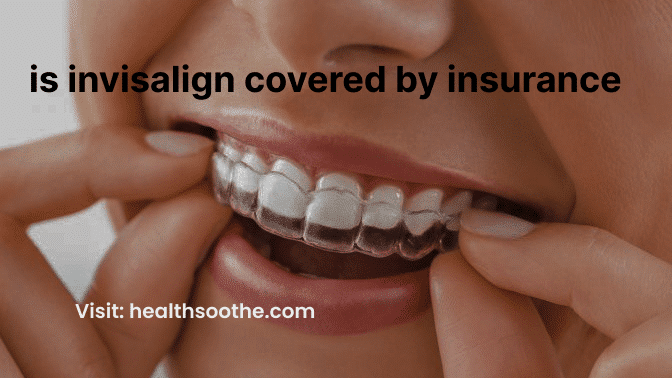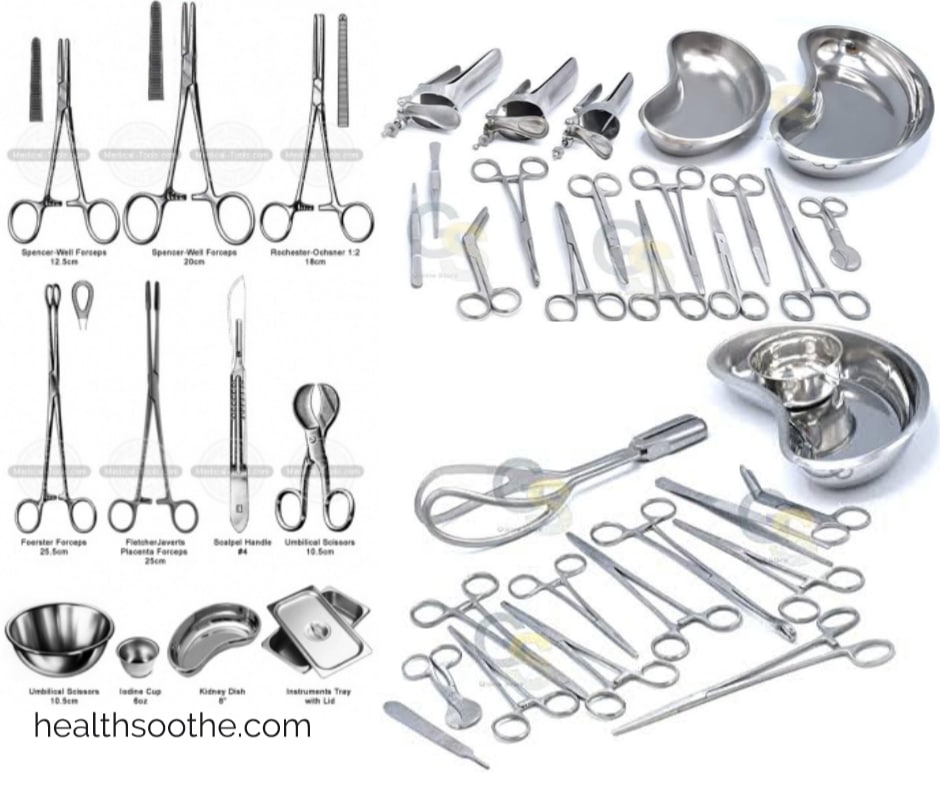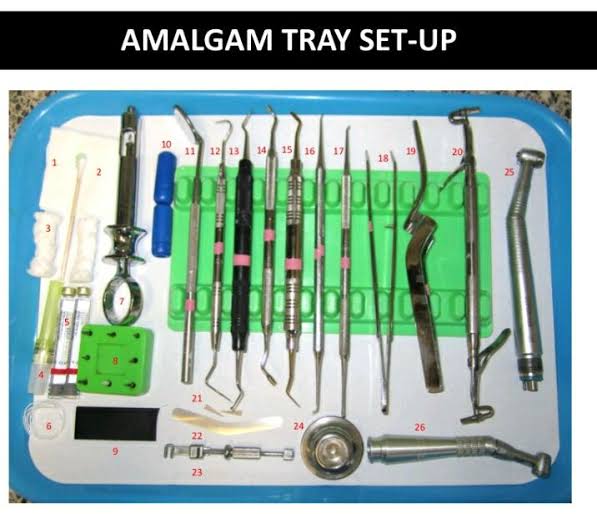Invisalign is a popular teeth alignment option that uses clear, removable aligners to straighten teeth. With its nearly invisible appearance and ease of use, it’s no wonder that so many people are opting for Invisalign over traditional braces. However, when it comes to paying for this treatment, many people are left wondering whether Invisalign is covered by insurance.
Explanation of what insurance covers for dental treatments
When it comes to dental treatments, insurance coverage can vary greatly. Some insurance plans provide full coverage for certain treatments, while others may only cover a portion of the cost. It’s important to understand what your insurance covers for dental treatments so you can make an informed decision about whether Invisalign is right for you.
Overview of different types of dental insurance and their coverage policies
There are two main types of dental insurance: PPO (Preferred Provider Organization) and HMO (Health Maintenance Organization). PPO plans typically offer a wider network of providers and more flexibility when it comes to choosing a dentist.
HMO plans, on the other hand, have a more limited network of providers and may require you to choose a dentist from within that network.
When it comes to coverage for Invisalign, it’s important to check the specifics of your insurance plan. Some insurance plans may cover the full cost of Invisalign, while others may only cover a portion of the cost. Some insurance plans may also require a co-pay or deductible.
Read Also: Discover How Long Invisalign Take To Straighten Teeth
Factors that determine whether Invisalign is covered by insurance or not
There are several factors that determine whether Invisalign is covered by insurance or not. These factors include:
- The type of insurance plan you have: Different types of insurance plans, such as PPO and HMO, can have different coverage policies for orthodontic treatments, including Invisalign. PPO plans may offer more flexibility and a wider network of providers, but may also have higher out-of-pocket costs.
- The specifics of your insurance policy: The specifics of your insurance policy, such as your deductibles, co-pays, and maximum coverage limits, can impact whether Invisalign is covered by insurance or not. It’s important to understand the specifics of your policy so you know what you can expect to pay out of pocket.
- The location of your dentist: The location of your dentist can impact the cost of your Invisalign treatment and whether it is covered by insurance. Some insurance plans may only cover treatments performed by dentists within a certain network, while others may cover treatments performed by any licensed dentist.
- The reason for the treatment (e.g. cosmetic vs. medical necessity): The reason for the treatment, such as cosmetic or medical necessity, can impact whether Invisalign is covered by insurance. Treatments that are deemed medically necessary, such as those to correct a bite problem or to alleviate pain, may be more likely to be covered by insurance.
- Your age: The age of the patient can impact whether Invisalign is covered by insurance. Some insurance plans may only cover orthodontic treatments for children or adolescents, while others may not cover treatments for adults.
- Your overall health: Your overall health can impact whether Invisalign is covered by insurance. Some insurance plans may require a pre-existing health condition to be treated before they will cover orthodontic treatments, including Invisalign. It’s important to understand the requirements of your insurance policy so you know what you can expect.
How to check if your insurance covers Invisalign
The best way to find out if your insurance covers Invisalign is to contact your insurance company directly. They will be able to provide you with specific information about what your policy covers and what your out-of-pocket costs will be.
You can also talk to your dentist or orthodontist. They will be able to provide you with an estimate of the cost of Invisalign, taking into account your insurance coverage.
How to estimate the cost of Invisalign with insurance coverage
To estimate the cost of Invisalign with insurance coverage, you’ll need to consider the following:
- The cost of the treatment
- Your insurance coverage
- Any co-pays or deductibles
- Any additional costs, such as follow-up appointments or retainers
The role of the dentist and the orthodontist in the insurance coverage process: Your dentist and orthodontist play an important role in the insurance coverage process for Invisalign. They will be able to provide you with an estimate of the cost of the treatment, taking into account your insurance coverage.
They will also be able to help you negotiate with your insurance company for better coverage. For example, they may be able to provide your insurance company with medical evidence to support the need for Invisalign as a medical necessity.
How to negotiate with insurance companies for better coverage
If your insurance company does not cover the full cost of Invisalign, there are steps you can take to negotiate for better coverage. These steps include:
- Providing medical evidence to support the need for Invisalign
- Comparing your insurance coverage to that of other insurance plans
- Asking your dentist or orthodontist for assistance in negotiating with the insurance company
- Considering alternative options, such as a flexible spending account or a health savings account
Alternatives to insurance coverage for Invisalign
If your insurance does not cover the cost of Invisalign, there are alternative options to consider. One option is to pay for the treatment out of pocket. Another option is to consider a flexible spending account or a health savings account, which can help you pay for medical expenses with pre-tax dollars.
You may also be able to find financing options through your dentist or orthodontist. Some dental offices offer in-house financing or work with third-party financing companies to provide patients with financing options.
Conclusion and final thoughts
Invisalign is covered by insurance depends on a variety of factors, including your insurance plan, the specifics of your policy, and the reason for the treatment. The best way to find out if your insurance covers Invisalign is to contact your insurance company directly.
If your insurance does not cover the cost of Invisalign, there are alternative options to consider, such as paying out of pocket, using a flexible spending account or health savings account, or finding financing options through your dentist or orthodontist. With the right information and a little bit of research, you can make an informed decision about whether Invisalign is right for you and how to navigate the insurance coverage process.
Q1. Do dental insurance plans cover Invisalign?
A1. Yes, some dental insurance plans offer coverage for Invisalign treatment. However, the amount of coverage may vary depending on your specific plan.
Q2. How can I find out if my dental insurance plan covers Invisalign?
A2. It's best to check with your dental insurance provider directly to find out if your plan offers coverage for Invisalign treatment.
Q3. Are there any age restrictions for Invisalign treatment with insurance?
A3. No, there are no age restrictions for Invisalign treatment with dental insurance. However, it's important to discuss your treatment options with your dentist to determine if Invisalign is the right choice for you.
Q4. Can I finance the cost of Invisalign treatment if my insurance doesn't cover it?
A4. Yes, many dental offices offer financing options, such as payment plans or credit lines, to help make the cost of Invisalign treatment more affordable.
Q5. Are there any other alternatives to Invisalign that may be covered by dental insurance?
A5. Yes, there are other orthodontic treatment options, such as traditional braces, that may be covered by dental insurance. It's best to discuss your treatment options with your dentist to determine which option is right for you.








